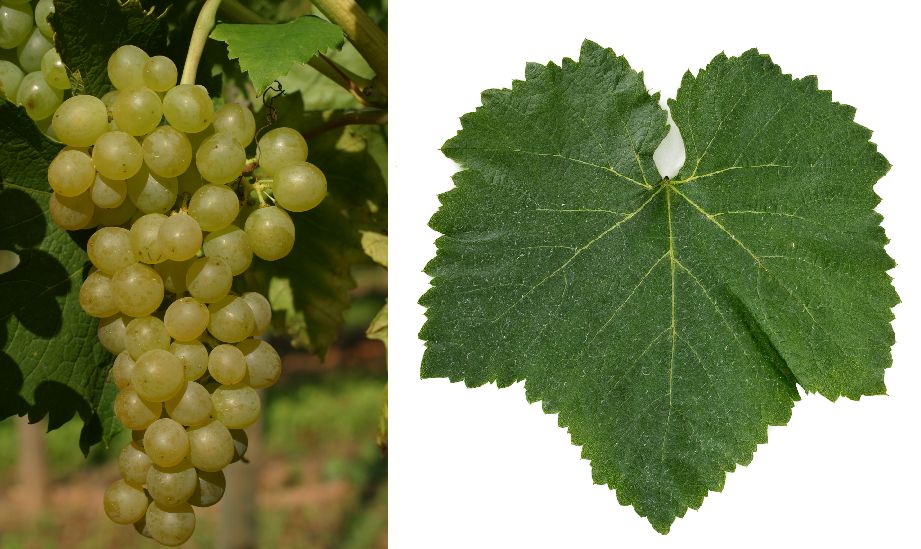The white grape variety probably originates from Italy (or perhaps Spain). Synonyms are Bernarda, Bernarde, Bernardine, Blanc de la Salle, Blanc de Morgex, Blanc du Valdigne, Legiruela (Spain), Plant de la Salle, Prié Bianca, Prié Bianco and Prié Blanc. It originated in the Aosta Valley in Italy, where it was first mentioned in 1691. There used to be two varieties, one in Valdigne (upper part of the Valle d'Aosta) and one that has since disappeared in the municipality of Valpelline. At the beginning of the 19th century, it (as well as some other varieties) probably reached the Swiss canton of Valais via the Saint Bernard pass, which is why it is called Bernarde there. This pass is the link between the Valais Rhone Valley and the Aosta Valley at an altitude of 2,469 metres. Due to its origin and history, the variety is counted among the old-growth grape variety group in Switzerland.

Two DNA analyses carried out in 2010 yielded astonishing findings. The variety Legiruela, which occurs locally in the Spanish province of Ávila (Castile-León), is identical. According to the Swiss biologist Dr. José Vouillamoz, there is a parent-offspring relationship to the Spanish varieties Albillo Real, Lairén and Santa Magdalena, as well as to the Italian variety Luglienga Bianca. Analyses carried out in 2005 revealed a parent-offspring relationship with the two Swiss varieties Mayolet and Primetta (Prié Rouge). Through the Mayolet variety, there are also relationships with the Cornalin, Neret di Saint-Vincent and Roussin varieties. At the top of the family tree of all these varieties could be the Luglienga Bianca and Prié varieties. However, there are also other varieties (see under Agostenga).
The very early-maturing vine is resistant to frost, but susceptible to grape rot. It produces an acidic, sparkling white wine. The variety is particularly suitable for high altitudes. It is grown in the Aosta Valley at 900 to 1,200 metres above sea level ungrafted cultivated on low pergolas. Here, it is contained in the Blanc de Morgex et de La Salle. In 2016, 24 hectares were designated in Italy, 23 of them in Valle d'Aosta, the rest in Puglia and Marche (Kym Anderson). In Switzerland, it is cultivated in the canton of Valais under the name Bernarda on less than one hectare.
Source: Wine Grapes / J. Robinson, J. Harding, J. Vouillamoz / Penguin Books Ltd. 2012
Images: Ursula Brühl, Doris Schneider, Julius Kühn-Institut (JKI)
Voices of our members

Using the encyclopaedia is not only time-saving, but also extremely convenient. What's more, the information is always up to date.
Markus J. Eser
Weinakademiker und Herausgeber „Der Weinkalender“